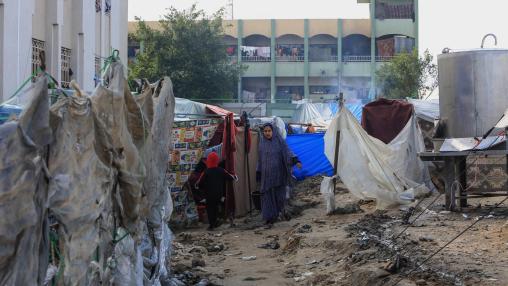
Famine in Gaza: How Research Can Aid Recovery and Prevent Future Food Crises
As Gaza continues to experience unprecedented food crisis, a new commentary published in Nature takes a look at how research can forecast the long-term impacts and help policymakers develop more effective humanitarian support networks and systems to ensure post-conflict resilience.
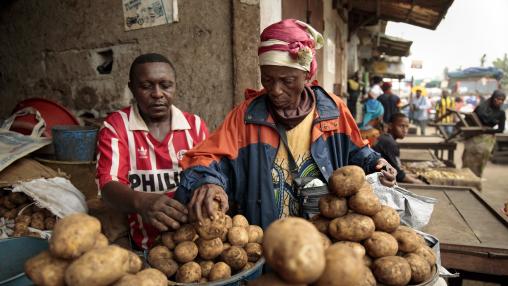
Urbanization Poses Challenge, Opportunity for Food Security
An estimated 122 million more people around the world faced hunger in 2022 than in 2019, according to the 2023 State of Food Security and Nutrition in the World (SOFI) report, released in December. While progress in reducing hunger was made in Asia and Latin America between 2021 and 2022, hunger continued to rise in Africa, as well as in Western Asia and the Caribbean.
If these trends continue, the report’s authoring organizations[1] warn, the world will not be able to achieve the Sustainable Development Goal of ending hunger by 2030.
Global and Regional Trends
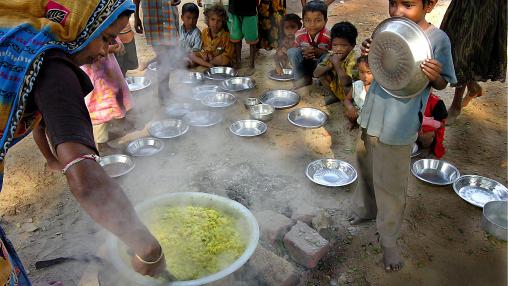
Unlocking opportunities of planet-friendly school meals
This post is part of a series examining key issues involving climate and agrifood systems tied to the 2023 UN Climate Change Conference (COP28) in Dubai (November 30-December 12). To learn more about IFPRI’s engagement at the Conference, visit our COP28 Spotlight page.
From Farm to Table: Agrifood Systems and Trade Challenges in the Southern Cone
This presentation will be in Spanish. Simultaneous translation to English will be available.
Please type your questions into the chat box with name, affiliation, and country. The event video, presenter slides, and podcast will be available in the days following the event.
Food systems around the world face serious social, nutritional, and environmental challenges, and must evolve to meet new, multiple, and interrelated objectives. As public policies are reshaped to support this transformation, two fundamental factors must be considered:
Can Sustainable Livestock Systems and Alternative Proteins Address the Climate Crisis?
Climate change is severely impacting our food systems, making it increasingly challenging to provide food security and healthy diets for all people. At the same time, food systems contribute 25–30% of all greenhouse gas emissions. The livestock sector alone contributes about half of these GHGs, and has a large land and water footprint.
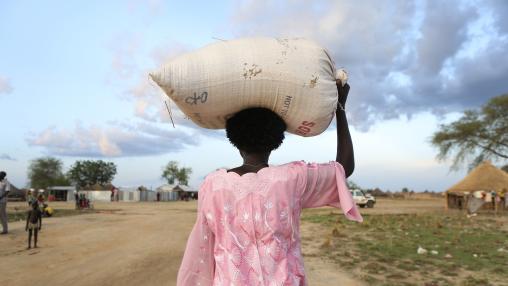
Good News for Some Countries, But Acute Food Insecurity Persists Worldwide: Global Report on Food Crises Midyear Update Released
The Global Report on Food Crises (GRFC) 2023 Midyear Update finds that while some countries have seen improvements in hunger and malnutrition in the first half of 2023, high levels of acute food insecurity remain worldwide. As in previous years, conflict, climate change, and economic shocks continue to be the main drivers of food crisis, with conflict playing the predominant role from January through August 2023.
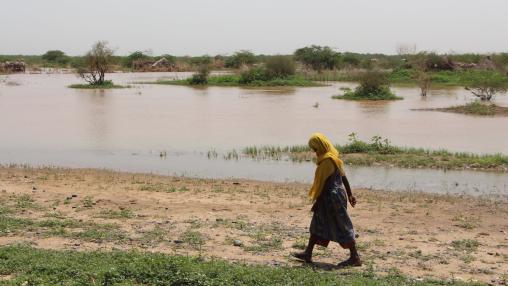
122 Million More People Were Hungry in 2022: 2023 SOFI Report Released
The number of people facing hunger around the world has increased by more than 122 million from 2019, according to the newly released annual State of Food Security and Nutrition in the World (SOFI) report, , a joint publication by the UN Food and Agriculture Organization (FAO), International Fund for Agricultural Development (IFAD), UNICEF, World Food Programme, and World Health Organization (WHO).
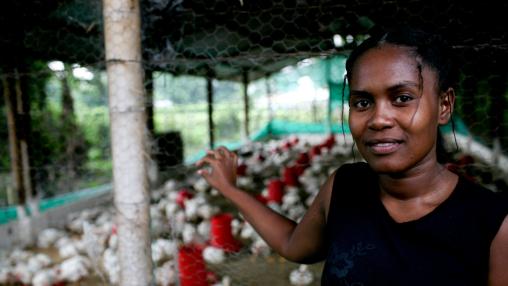
FAO Status of Women in Agrifood Systems report: Reflecting on a decade of measuring progress in women’s empowerment
I was recently in Rome attending the April 13 launch of the U.N. Food and Agriculture Organization’s 2023 report The Status of Women in Agrifood Systems. I’ve been privileged to work with FAO colleagues as an external expert on two flagship reports on gender: The State of Food and Agriculture 2010-2011—Women in Agriculture: Closing the Gender Gap for Development and now this one, together with colleagues from the CGIAR GENDER Impact Platform.
2023 Global Food Policy Report: Rethinking Food Crisis Responses
Economic crises, epidemics, conflicts, and extreme weather events can wreak havoc on food systems, in particular when several of these shocks overlap. Food system shocks risk increasing food insecurity, hunger, and malnutrition, and can disrupt livelihoods, increase poverty, and further diminish prospects for the world’s most vulnerable populations. Governments and the international community, including research organizations such as IFPRI, support efforts to better predict, monitor, and respond to crises as they arise, but these efforts often are not sustained when the crises end.
Introducing pro-WEAI complementary indicators for nutrition- sensitive agriculture and market inclusion projects
The Women’s Empowerment in Agriculture Index (WEAI) is the first-ever direct measure of women’s empowerment and inclusion in the agriculture sector. In response to demand from designers and implementors of agricultural development projects, IFPRI developed the project-level Women’s Empowerment in Agriculture Index (pro-WEAI) to track the impacts of these projects on women’s empowerment.